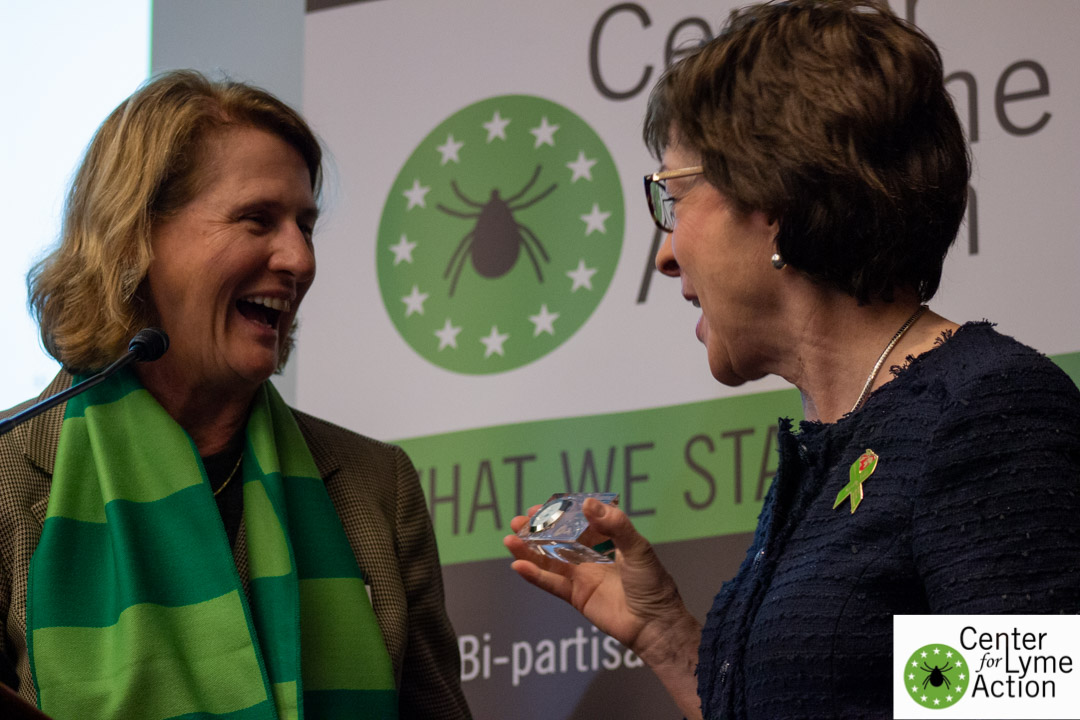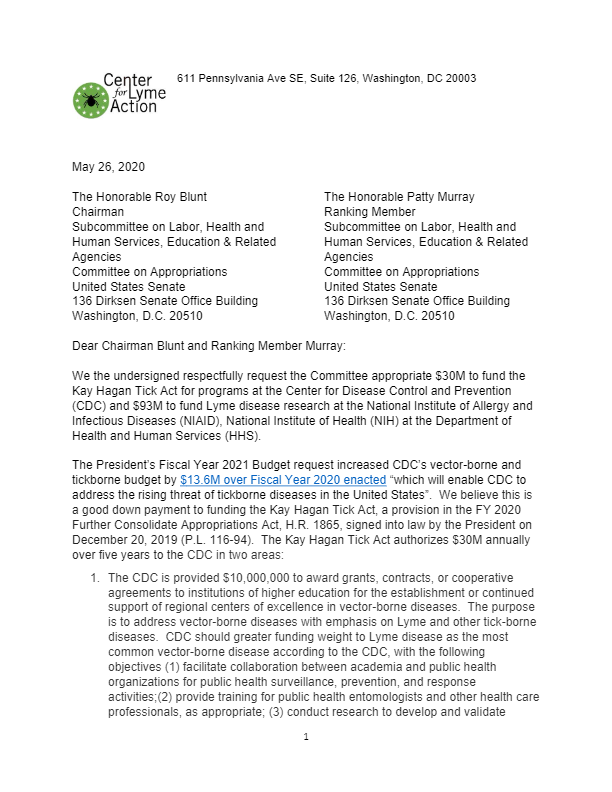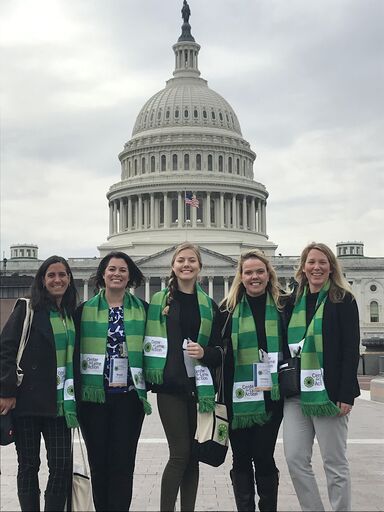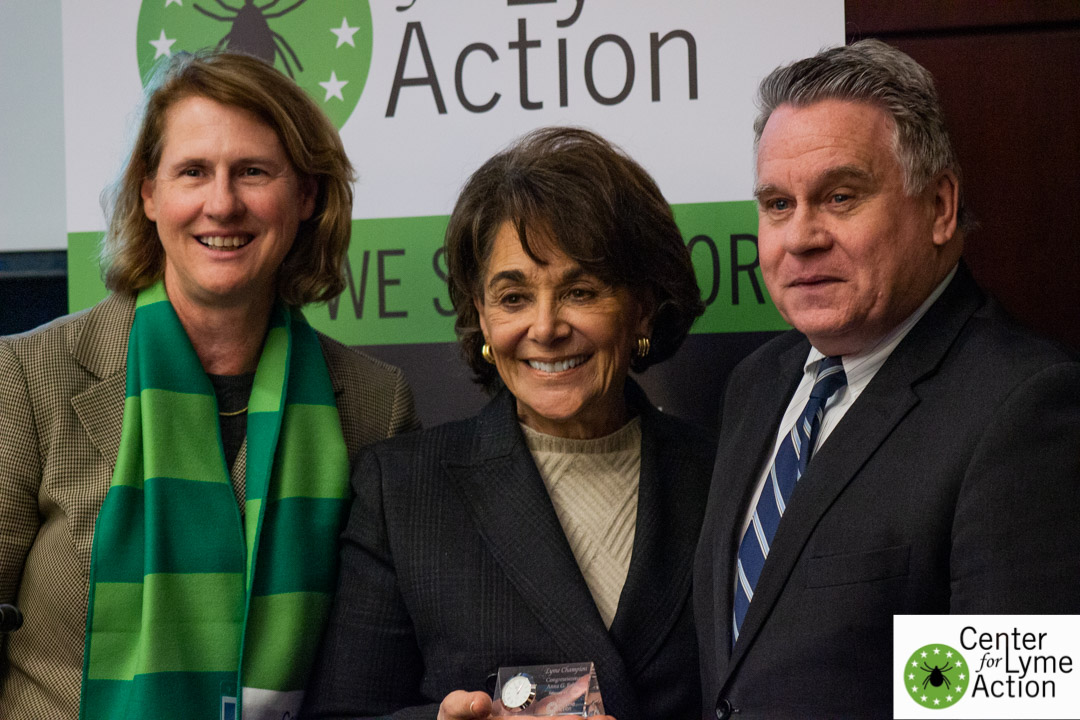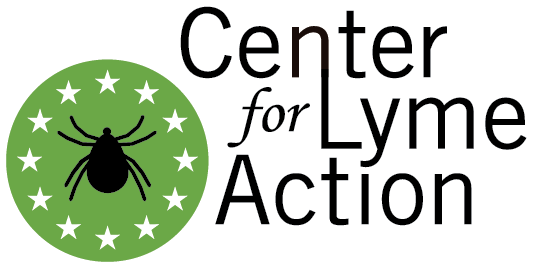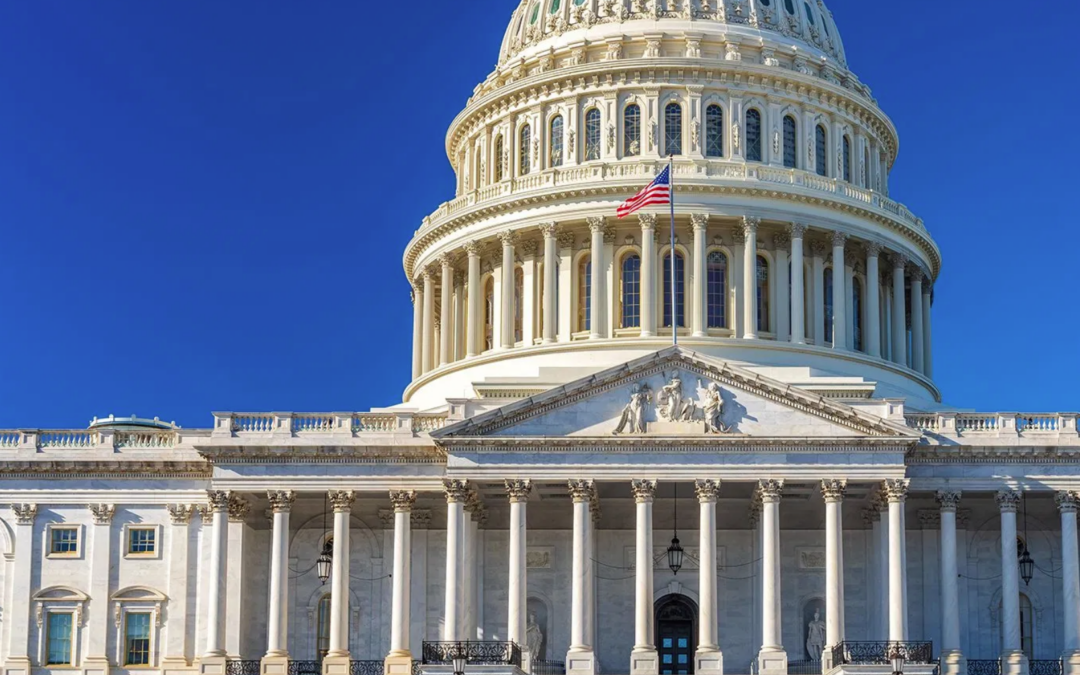Since we started Center for Lyme Action, hundreds of Lyme advocates have supported our mission – to grow federal funding for Lyme disease focused on research for a diagnostic, therapies and a cure. After our kick-off meeting in October 2019, we are grateful for the cooperation of so many to get the Kay Hagan Tick Act passed in December 2019 at a record pace! Our inaugural February 2020 Washington, DC Fly-in was attended by over 60 dedicated individuals who met with Congressional leaders to advocate for increased Lyme and tick-borne disease appropriations. On May 26 Lyme leaders signed letters to the House and Senate Appropriations Committees to urge once again funding for Lyme disease research. Fast forward to today, we want to thank every one of our members for their advocacy and to give you a July 2020 Progress Report.
OUR “ASKS”
First, you may recall that the House usually goes first in the appropriations process and this year is no different. And you may also recall that we had three major requests:
- Fund the Kay Hagan Tick Act at $30M annually
- Increase the NIH NIAID Budget for Lyme to $93M
- Increase the DOD CDMRP budget to $12M
WHAT HAPPENED SUNDAY JULY 12
The Labor HHS Education Appropriations Subcommittee met the previous week and approved their appropriations bill and submitted to the House Appropriations Committee for the July 13 markup. On Sunday, the House Appropriations Committee made the FY21 appropriations report public. While the Appropriations Committees shy away from prescriptive funding for NIH, they are specific with CDC. Nonetheless, it’s clear our collective voices are being heard.
The report includes some historic and exciting recommendations by the Committee, including setting the foundation for a significant multi-year Lyme disease diagnostic and “novel treatments” initiative “to conquer Lyme disease”:
- Committee requests the Office of the Secretary to create a multi-year plan to “conquer Lyme disease.”
Page 206. Lyme Disease.—The Committee encourages the Office of the Secretary to sponsor initiatives to spur innovation leading to the development of more effective diagnostics for all stages of Lyme disease and for the development of novel treatments that will return patients to health and eradicate the disease, including innovation in tools and resources data, technology and scientist collaborations. The Committee is appreciative of the role of the Office of the Chief Technology Officer in promoting innovation to strengthen agency programs and foster public health solutions. The Committee urges the Secretary to coordinate and collaborate with the Operating Divisions, including NIH, CDC, and FDA, to apply data, technology, and human resources to overcome obstacles and develop solutions to effectively manage and eradicate Lyme disease. The Committee requests the Secretary submit within 180 days of enactment of this Act a multi-year plan outlining an initiative to conquer Lyme disease.
- The Committee appropriates $38,603,000 for vector-borne disease which includes the CDC’s Regional Centers of Excellence in Vector-Borne Disease. These Centers have led the scientific response against tick-borne diseases, which now make up 75 percent of vector-borne diseases in the United States. Lyme disease is the most common tick-borne disease (70% of cases) so we would expect that more than half of the effort in these centers would go to Lyme disease. There are five centers located at universities in New York, California, Florida, Texas, and Wisconsin. The committee, like last year, made special note of the Pacific Northwest:
Page 69. The Committee is concerned about the Pacific Northwest being an underserved region for funding and representation in the Regional Centers of Excellence in Vector-Borne Diseases network. The ecology, disease transmission dynamics, and resources for vector-borne disease training, surveillance, and control in the Northwest differ significantly from those in the five regional centers currently funded. The Committee encourages CDC to examine options to provide greater coverage of the Northwest region for vector-borne disease resources.
- The Committee provides an increase of $2M to $16M for the CDC for Lyme disease.
Page 67. Lyme Disease.—The Committee includes an increase of $2,000,000 to support CDC’s efforts to develop improved diagnostics and surveillance networks so that disease burden can be more accurately determined, and bolster critical prevention and provider and public awareness efforts
Note that these numbers for Lyme are a very tiny portion of the overall HHS budget but the fact that Lyme is called out is the direct result of our collective work. Other noteworthy Lyme-related sections in the Report include:
- NIH to expand its research on TBD, including a Lyme Vaccine (Page 107)
- Maternal-Fetal Transmission of Lyme Disease (p.110)
- Pediatric Lyme Disease (p.121)
- Lyme and Other Tick-Borne Diseases, Borrelia burgdorferi (Bb) Workshop (p.135)
The Appropriations Committee held the markup on July 13th 2020. The committee conducted a markup of the Energy and Water appropriations bill first and then the Labor-HHS-Education bill second. Lyme was not mentioned in this session, but if you are interested, you can watch here.
We were able to obtain a leaked copy of the House Defense Appropriations Report from the trade publication Inside Defense following the closed Subcommittee markup last week, which is now public, after this week’s Full Appropriations Committee markup. You may recall CDMRP was funded last year in the FY20 House bill at $5M, the Senate at $0 and miraculously $7M when the House-Senate negotiators settled on the FY20 Consolidated Appropriations bill for Defense and other agencies in late December 2019. The good news is that the House increased its FY20 mark of $5M to $7M in the FY21 Defense Appropriations detailed report. We’ll have to wait and see how the Senate reacts and how it’s finally negotiated between the two bodies. These House Appropriations bills are expected on the House floor before the end of July and are expected to pass.
We want to remind everyone that we’re in the middle of the process – with the Senate Labor-HHS and Defense Appropriations Subcommittee still to move their respective bills, followed by final agreement through House-Senate negotiations, the latter of which likely won’t occur until after the November election, during a lameduck session or possibly in the new year. In particular, the Kay Hagan Tick Act is a creature of the Senate so it is not surprising that House appropriators did not acknowledge it. This is a negotiation, and the first cards have been played. With Senator Susan Collins (R-ME), a co-author of the Kay Hagan Tick Act, on the Senate Appropriations Committee, we can hope for increased funding for the CDC through the Kay Hagan Tick Act and additional funding for NIH.
We are making progress! This is the first time the Appropriations committee has used words like “conquer Lyme disease” in a bill. More to come!
About Jeff Crater
Jeff Crater is co-founder and board director at Center for Lyme Action. Jeff has worked his entire career on Capitol Hill and in advocacy. Starting on Capitol Hill in Congressman John Dingell’s office and on the staff of the House Energy and Commerce Committee overseeing HHS, NIH, CDC and the FDA, Jeff was an advisor to the Secretaries of Energy and later vice president of Government Relations at Cauthen and Associates and The Babcock and Wilcox Company. In addition to his duties for Center for Lyme Action, Jeff also is the ceo of Edmonson Hopkins Group and Managing Director of the Advanced Nuclear Weapons Alliance Deterrence Center and Action. Jeff holds a B.A. in History from Middlebury College.

